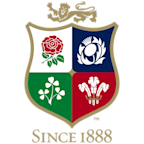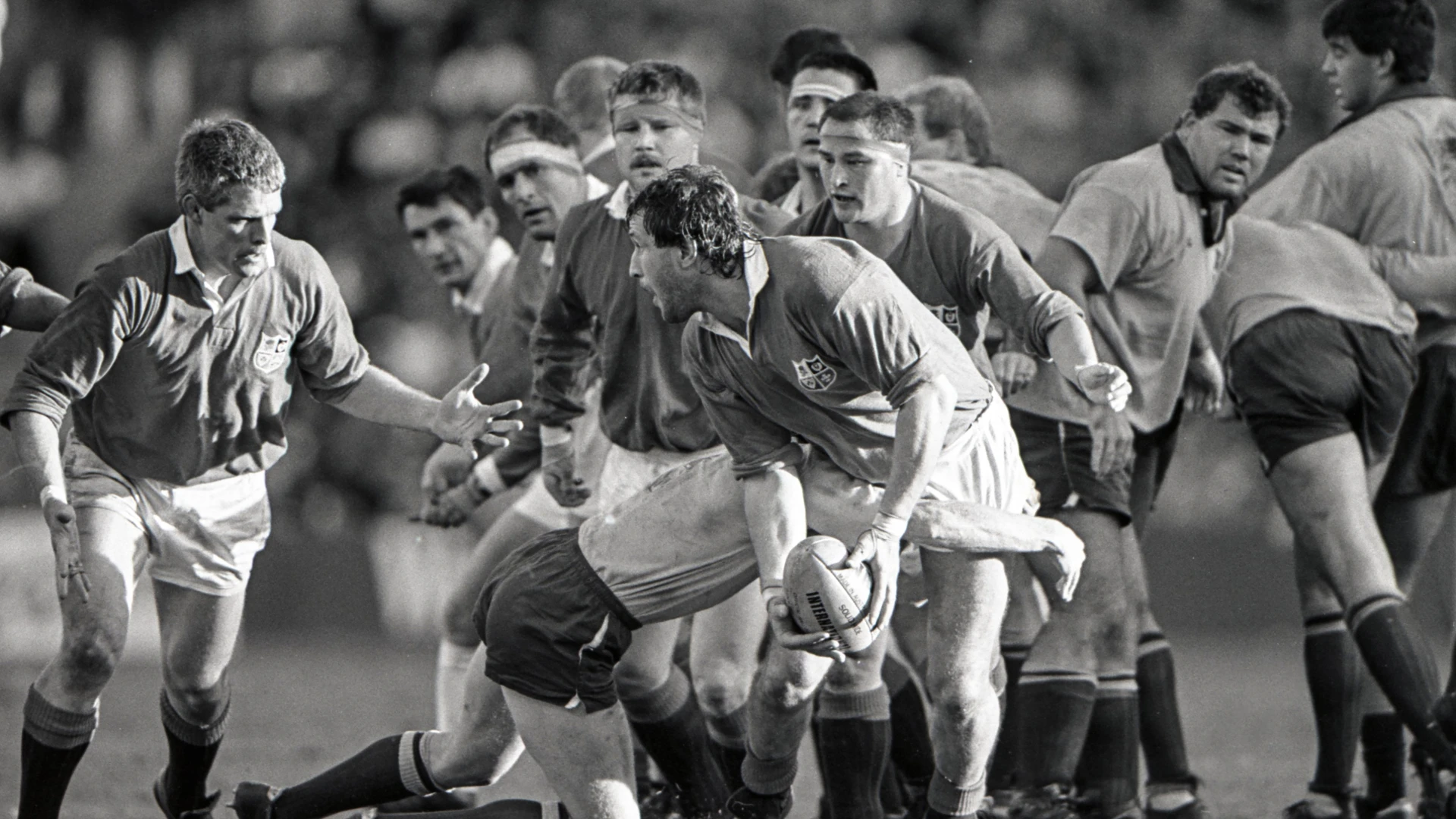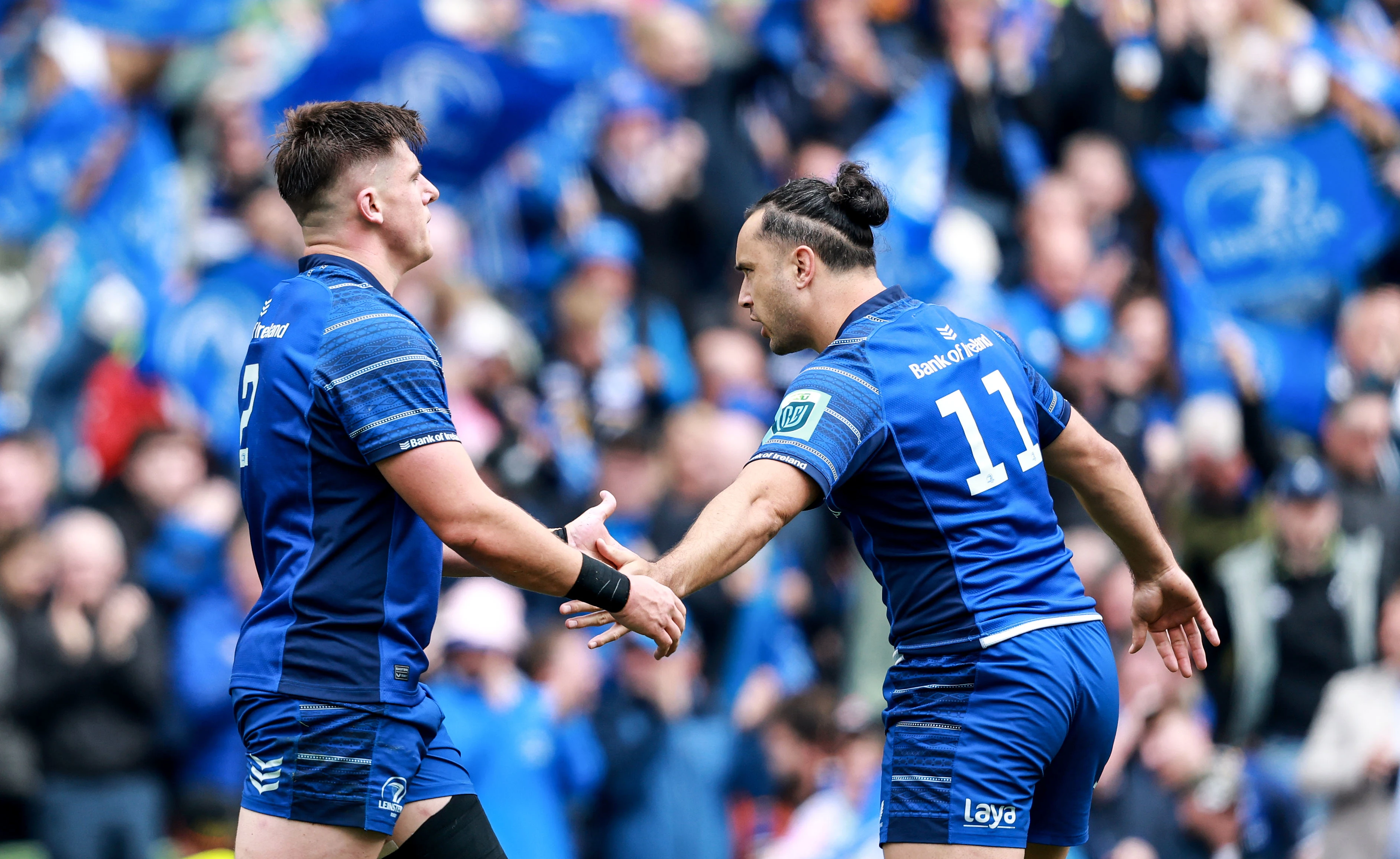Ahead of the Lions Tour, Rugby World is bringing fans some of the best articles from their archive.
This piece, from 2013, features two Scottish legends opening up on how to succeed on a Lions Tour...
Finlay Calder (1989)
I remember being at a dinner for the Lord’s Taverners with Roger Uttley from 1974, John Dawes from 1971 and Martin Johnson from 1997, so three captains and a senior player from four winning Lions teams. The common theme from all four tours was the importance of squad unity when things started to get tricky, as they always do.
When things start to go wrong it can either bond or split the party. If you’re a party that digs in and comes together then you’ll come through it fine, but if you splinter into cliques it’s hard to pull it back.
There were turning points on all four of those tours and we were no different. Ours awas in Canberra against ACT when we were down at half time in the lead-in to the second Test. We had lost to the Wallabies on the Saturday and were trailing by 25 points to not very many, but we turned it around and won 41-25. At that point the tour was back on the road; if we’d lost, it would have been the midweek side losing too and the whole enterprise would have gone into disarray. Instead, we dug in.
Martin Johnson spoke about the same thing in 97 when the midweek team pulled it together against Transvaal. People don’t realise how important that is, but it’s that unity and resolve which determines your success or failure.
On the shorter tours you don’t have time for tinkering and you have to hit the ground running, which is harder than it sounds. On paper the Lions should win every Test in Australia, but that’s not the way it works out.
The coach is important but ultimately it comes down to the quality of the side and the sheer will to win. In 1989 that was huge because it was the first time we’d toured Australia alone (for 90 years) and it was seen as a less challenging tour.
Team selection is crucial and you must be willing to be bold. We changed five players between the first and second Test. Mike Teague came back from injury but we also brought in Rob Andrew, Jerry Guscott, Scott Hastings and Wade Dooley. The Australians were terrified of big Wade – they didn’t know how to cope with his size, athleticism and toughness. They didn’t have anything that could physically match up to him.
Rob Andrew brought poise to the backs. He had a point to prove as he thought he should have been in the starting party and came out late. He was outstanding.
There was a change in attitude and physicality that turned the whole show around. We became an attritional side based around the set piece but we were looking down the barrel of another four weeks in Australia and had to strip it back to basics. Do the basics better than the opposition and everything falls into place, so that’s what we did: we outscrummed them, outrucked them, outmauled them, competed well at lineouts; we outthought them and were far more physical than them.
Every Lions side that has won a series has been dominant in the front five, and has featured players who hit heights they never reached again. Mike Teague was that man on our tour – he loved it and was the Man of the Series.
Ian McLauchlan (1971 & 1974)
A lot of the success of the early 1970s was to do with the coaches. In 1974 Syd Millar ran the show perfectly and the South Africans loved him, and in 1971 we had the ideal management team in coach Carwyn James and Doug Smith, who pretended to be a gentle doctor from Aberdeen but was a gentle giant. They forbade cliques, made everybody share everything, and got guys like me who were PE-trained to help take the arm-ups and training to save Carwyn’s voice.
It was a very long tour – we left in April and returned in August – so we formed tremendous bonds. The tours were hugely enjoyable because the people were so kind to us. The big joke was that we couldn’t spend our 50p a day spending money because the New Zealanders wouldn’t let us buy anything.
There wasn’t a drinking culture but on the rare occasions we went to the pub a barman wouldn’t let us play. When we met up in Eastbourne, Doug said: “The rules of the tour are simple: anything you break you pay for and if you misbehave I’ll send you home. Apart from that there are no rules: we expect you to play hard, train hard, to win the series and, this is a request because you’re all adults, we’d prefer it if you didn’t drink in midweek.”
By and large that was stuck to. The London Welsh boys had their gin and tonics – the Sunday School – at the weekend but nobody else weighed into that. We became full-timers and guys got very fit, but we also had some fantastic players – Gareth Edwards was a phenomenon, the best I played with, but Mervyn Davies wasn’t far behind. He could run, carry, was a fabulous lineout player, and if Mervyn hit you then you knew something had interfered with your body.
That’s important because you must front up physically. There was a lot of punching going on when Sandy (Carmichael) and Ray McLoughlin were in the side, but when Lynchie (Sean Lynch) and I played there was none; the New Zealanders knew they couldn’t punch either of us and get away with it.
Momentum is crucial and on both tours we got established early. In South Africa if you dominate up front you win, so that’s what we set out to do. With guys like JJ Williams on the wing, who could score from nowhere, plus Phil Bennett at his best and Edwards in imperious form, we had the backs to turn that dominance into points. Behind a dominant pack they were just unstoppable.
There was no hierarchy in 1971. Carwyn was a master inquisitor and a wonderful man-manager who would listen to everybody. At team meetings everyone was encouraged to talk, while the key to 1974 was we had so many guys from 1971 who knew how to win. We also made some good decisions on selection, such as moving Frannie (Cotton) to tighthead because he was the original immovable object.
Players need to believe they can get into the Test side. In 1971 Ray McLoughlin had Carwyn’s ear but I wasn’t having that so I told Carwyn I wasn’t there as a makeweight, I wanted to play in the Tests but wasn’t getting a chance because Ray was picking the games he wanted to play. So that changed straightaway and the rest is history.




